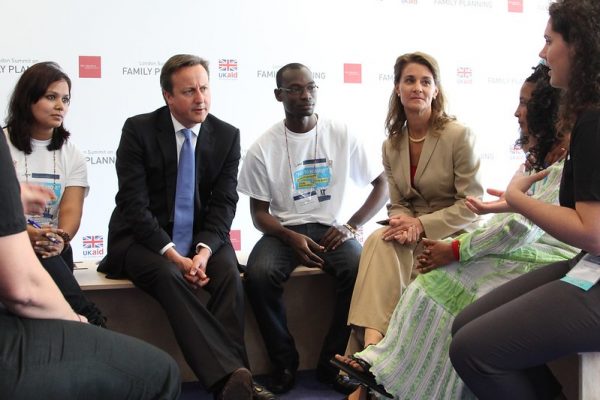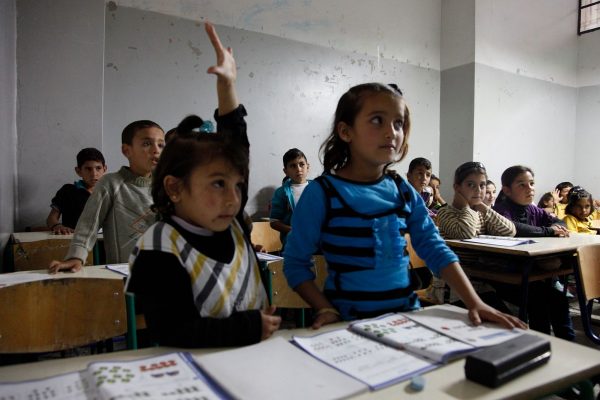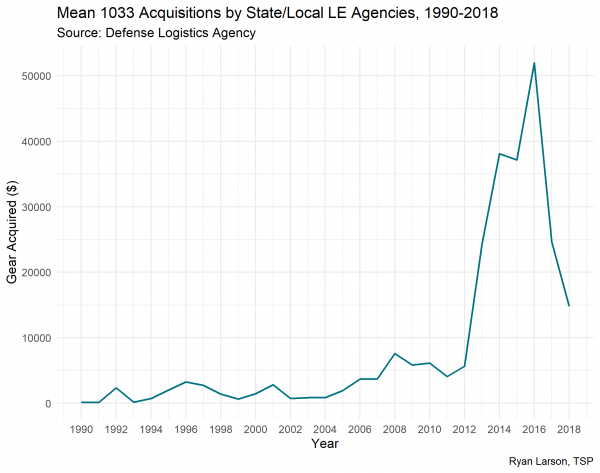
Originally published April 17, 2019.
Men are less likely than women to consider becoming vegetarian. And in the United States, where men have higher rates of life-threatening health conditions than women — including uncontrolled high blood pressure and heart disease — changing eating habits may be important for their health. To learn more about meat and masculinity, Researchers Sandra Nakagawa and Chloe Hart conducted a study examining how gender identity influences eating habits.
Nakagawa and Hart conducted experiments to test whether a threat to masculinity influences men’s likelihood of eating meat. In one experiment, the researchers told some men their answers from a previous survey fell in the “average female” range, while others fell into the “average male” range. For the men who received “average female” results, the authors expected them to feel like their masculinity was in question.
Men who experienced a threat to their masculinity showed more attachment to meat than those who did not experience the threat. They were also more likely to say they needed meat to feel full and were less likely to consider switching to a diet with no meat. This study shows that masculinity does matter for how men maintain their health. Importantly, it is not masculinity itself that is the problem here, but the high standards men feel they must meet — and eat.










